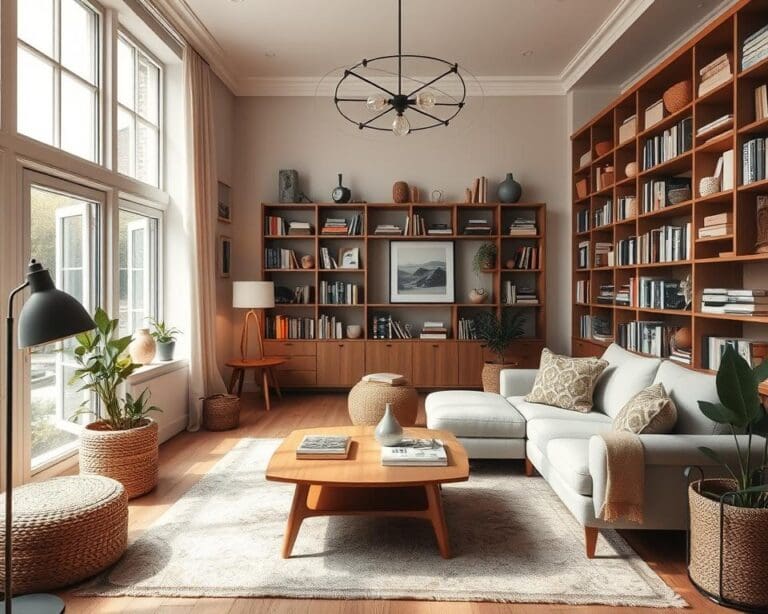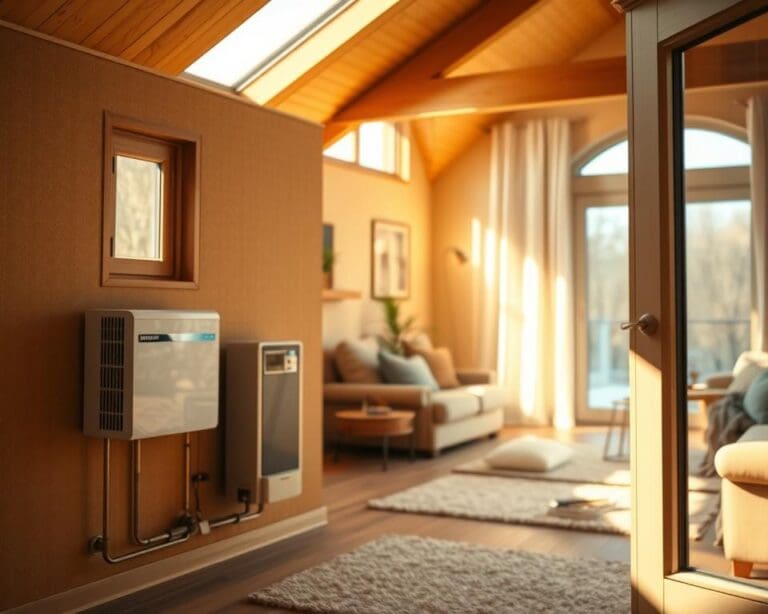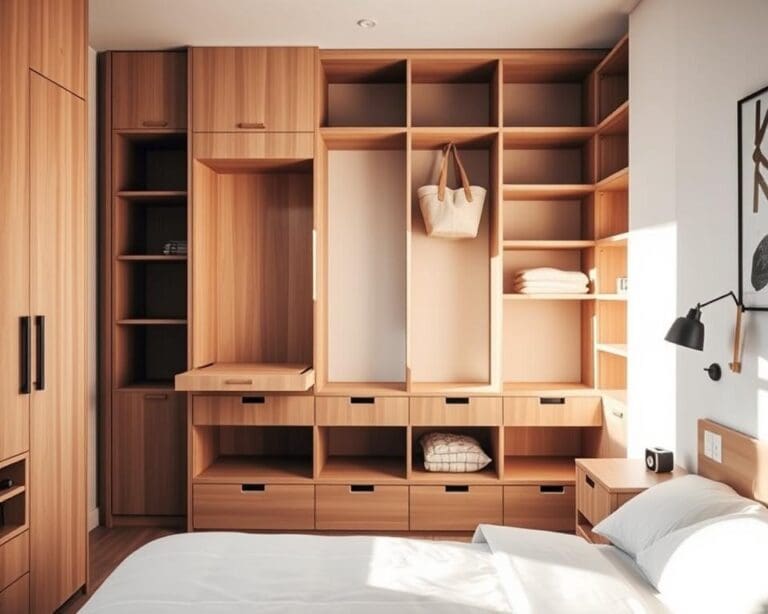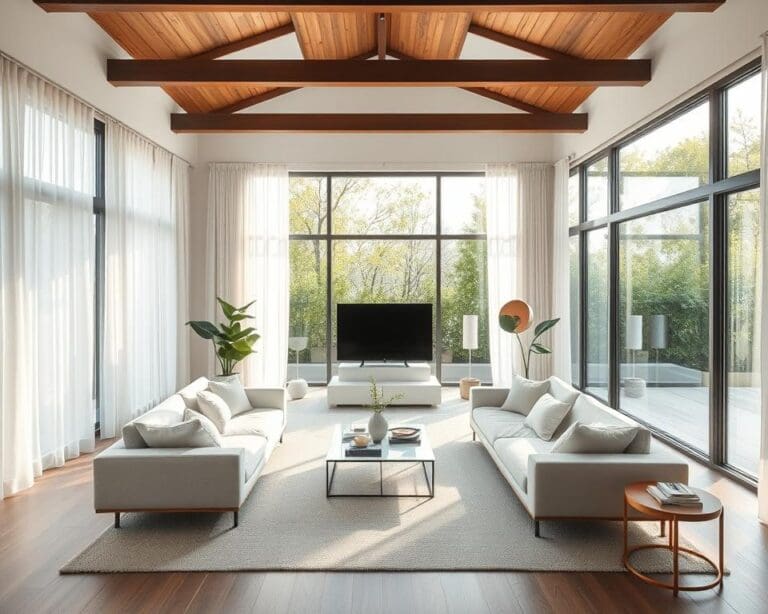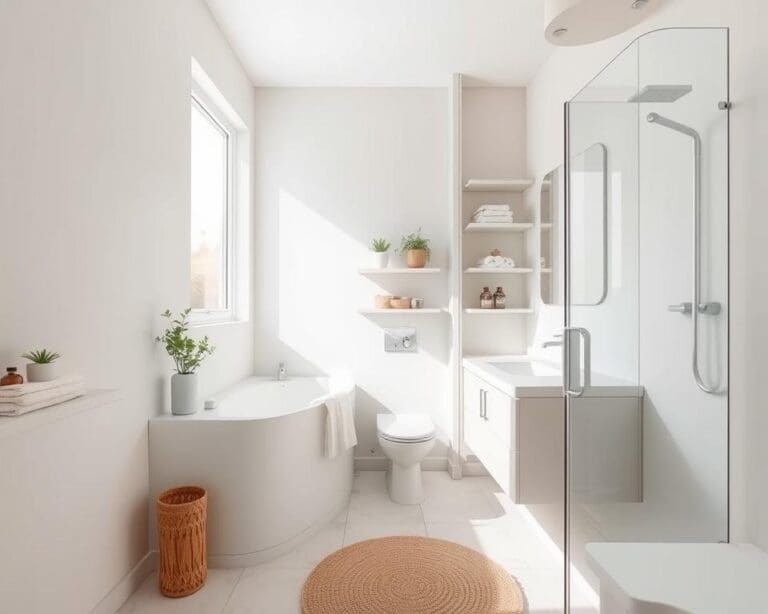Embracing natural light design is essential in creating vibrant and welcoming living spaces. Harnessing the power of sunlight can transform your home, enhancing both aesthetics and atmosphere while reducing the dependence on artificial lighting. With the right light optimisation strategies, you can design your spaces to reflect a modern approach to sustainable living, ensuring each room radiates warmth and positivity. Consider how factors like orientation and thoughtful integration with the environment can play a pivotal role in elevating home illumination, thus enriching your overall living experience.
Understanding the Importance of Natural Light
Natural light plays a crucial role in enhancing our living spaces and contributing to overall well-being. Integrating sunlight into home design not only beautifies the environment but also offers numerous advantages of natural light that significantly affect daily life. The following sections will explore the remarkable benefits of natural light and its impact on mental wellness and productivity.
Benefits of Natural Light in Your Home
The advantages of natural light extend far beyond aesthetic appeal. Increased exposure to daylight is linked to a variety of health benefits of sunlight, such as improved mood, better sleep quality, and reduced stress levels. Homeowners can benefit from:
- Enhanced mood through boosted serotonin levels, which contributes to happiness.
- Improved sleep patterns, leading to a more restful night.
- Stronger immune function, supported by vitamin D synthesis from sunlight.
- Reduced anxiety and depression symptoms, promoting mental clarity.
Impact on Mental Wellbeing and Productivity
Natural light is essential for fostering an inspiring and energetic environment. Research indicates a direct correlation between productivity enhancement through light and the availability of daylight. A well-lit space can elevate focus and creativity, proving particularly beneficial in home offices. Notable effects include:
- Higher work efficacy due to increased concentration levels.
- A more invigorated atmosphere, encouraging innovative thinking.
- Reduction of eye strain and fatigue from artificial lighting.
How do you design your home for natural light?
Designing a home that embraces natural light involves strategic planning and understanding key design principles for light. Homeowners can create spaces filled with luminosity in home design by prioritising openness and texture. Integrating elements that enhance daylight can transform the experience of any living area.
Key Design Principles to Maximise Luminosity
Utilising open spaces is fundamental to fostering an atmosphere of brightness. Choosing an open floor plan allows light to travel freely through interconnected rooms. High ceilings amplify this effect, further increasing the perception of space and light availability.
Selecting colour palettes that reflect light greatly contributes to the sense of luminosity. Light colours on walls, ceilings, and floors can enhance natural sunlight, creating a warm and inviting environment. Incorporating reflective surfaces such as glass and polished finishes can improve the distribution of available light.
The relationship between indoor and outdoor areas should not be overlooked. Features like skylights and expansive glass doors create a seamless transition, encouraging natural light to flow freely into the home. When considering home architecture for natural light, envision spaces that welcome the outside in, creating vibrant interiors filled with sunshine.
Strategic Window Placement and Design
Maximising natural light in your home requires a thoughtful approach to window placement and design. Selecting the right size and style of windows can greatly influence the overall ambience of a space. An optimal layout not only enhances the visual appeal but also allows for effective light flow tailored to each room’s function and exterior surroundings.
Choosing the Right Size and Style of Windows
When considering window design for sunlight, various factors come into play. Larger windows generally invite more light, making them ideal for living areas where brightness is essential. For smaller rooms, window styles for brightness can include strategically placed clerestory windows or transoms that allow light to penetrate without compromising privacy. Materials such as double-glazed glass offer insulation benefits while ensuring that light remains abundant.
Innovative Window Treatments for Optimal Light
Employing innovative treatment strategies for light control enhances the benefits of natural illumination. Sheer curtains provide a delicate filter, allowing sunlight to cascade gently into a room while maintaining a sense of privacy. Adjustable blinds provide flexibility, enabling homeowners to control the exact amount of light entering a space throughout the day. Reflective films can be an excellent addition, as they not only help in diffusing brightness but also protect furnishings from harmful UV rays. By integrating such treatments, light becomes a vital part of the interior experience.
Incorporating Reflective Surfaces
To create a vibrant and inviting space, utilizing reflective surfaces in design can dramatically transform the ambiance of any room. These elements not only enhance the aesthetic appeal but also optimise the distribution of natural light, making spaces feel larger and more airy.
Using Mirrors to Enhance Light Distribution
Mirrors for light serve as an exceptional tool in achieving luminous interiors. Strategically placing mirrors opposite windows or in darker corners allows light to bounce around the room, illuminating areas that might otherwise feel dim. Consider incorporating:
- Large floor mirrors in living spaces.
- Decorative wall mirrors in hallways.
- Mirrored furniture that serves a functional purpose while reflecting light.
This thoughtful arrangement amplifies luminosity, creating visual depth and a more welcoming environment.
Choosing Paint and Finishes that Reflect Light
Selecting the right paint finishes for brightness significantly impacts the overall light quality in a room. Lighter colour palettes, such as soft pastels, reflect light effectively, enhancing the room’s brightness. For a more striking effect, consider high-gloss options that provide a sleek surface for light reflection. Some popular choices include:
- Soft whites and creams for a timeless appeal.
- Pale blues or greens for a serene atmosphere.
- High-gloss finishes in contemporary spaces to maximise shine.
Utilising these paint finishes alongside reflective surfaces creates a cohesive design that celebrates natural light, making your home feel both inviting and rejuvenating.
Open Floor Plans for Enhanced Light Flow
An open floor plan offers numerous advantages, particularly when it comes to maximising light flow in homes. This layout style encourages the integration of spaces, allowing natural light to travel freely from one area to another. By minimising obstructive walls, homeowners can significantly enhance the spatial design for light, creating an airy and inviting environment.
The removal of traditional barriers allows light to permeate deeper into the home, illuminating spaces that may otherwise remain shadowed. The open layout is particularly suited for modern living, where multifunctional spaces are increasingly desired. Residents can enjoy seamless transitions between the kitchen, dining, and living areas, all bathed in natural light, which fosters a warm ambiance.
Homeowners should thoughtfully consider their unique layouts to further promote light infiltration. Incorporating big windows and strategically positioned skylights can amplify the open floor plan benefits. These elements not only invite sunlight but also enhance the visual openness of the space. Balancing separation and flow becomes essential when designing such environments, ensuring that each section maintains its purpose while collectively contributing to a vibrant, well-lit atmosphere.
Landscaping Considerations for Natural Light
When designing your home for optimal natural light, it is vital to consider the role of landscaping for light. Trees, shrubs, and other garden elements can either enhance or inhibit sunlight from penetrating your living spaces. Careful placement and selection of these outdoor features can dramatically influence the amount of sun that enters your home. For example, positioning trees a reasonable distance from windows ensures that their shade doesn’t block valuable sunlight throughout the day.
Incorporating thoughtful garden design for natural illumination involves understanding how different plants can contribute to or detract from your home’s light exposure. Deciduous trees provide shade in the summer while allowing sunlight to filter through in the winter, making them ideal candidates for landscaping. Selecting light-coloured flowers or beds can also reflect sunlight, further brightening your exterior and creating a welcoming environment.
Additionally, it’s essential to recognise how various outdoor elements affect home light. Structures such as fences or gazebos should be positioned thoughtfully to prevent casting shadows on windows. By blending your landscaping with the aims of your interior design for light flow, you can achieve a harmonious balance that uplifts both your indoor and outdoor spaces, ultimately leading to a beautifully illuminated home.



